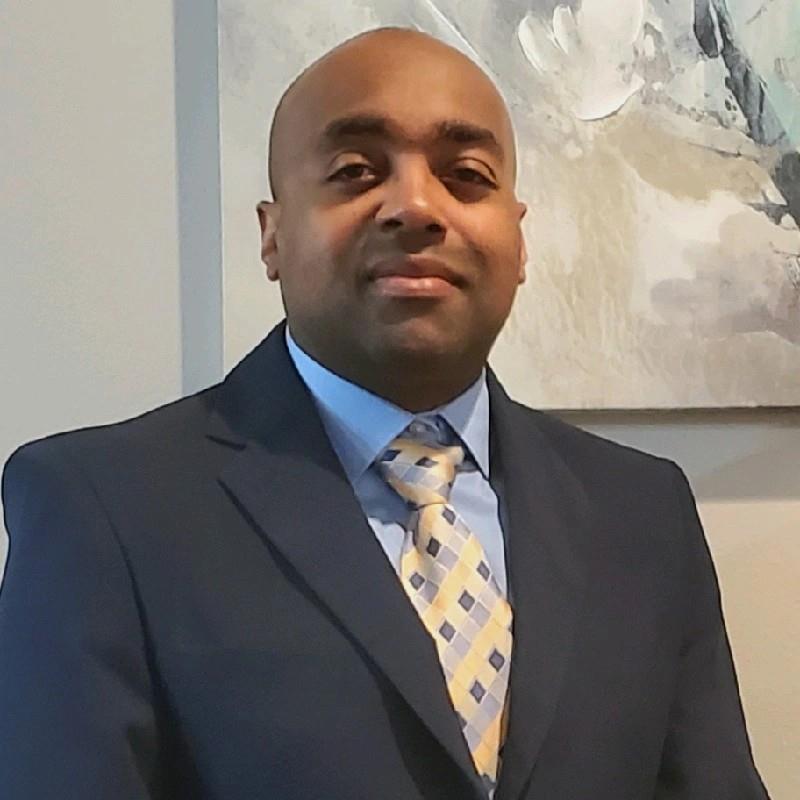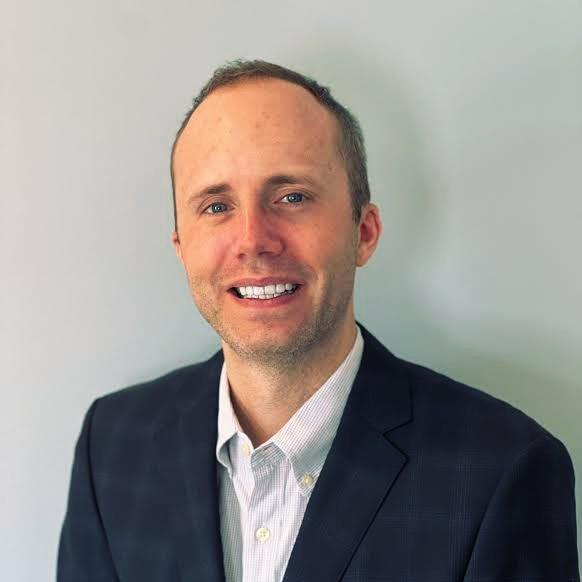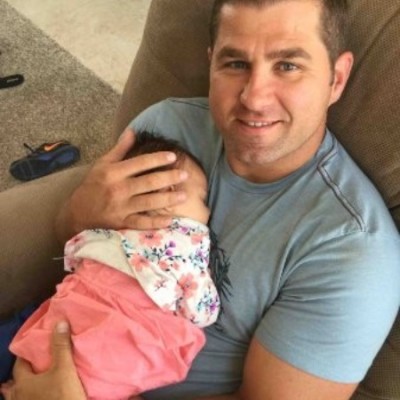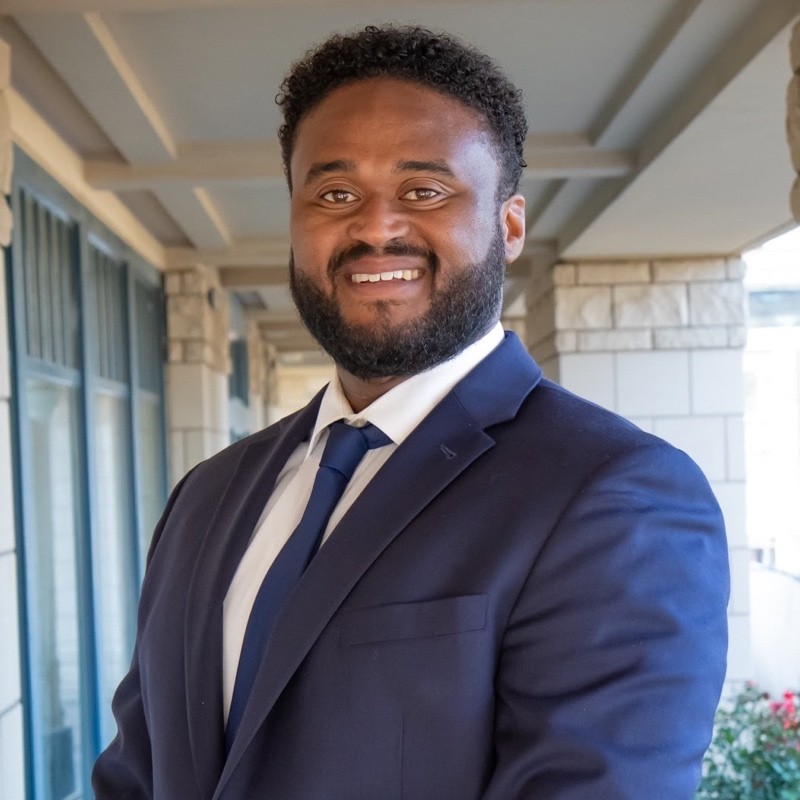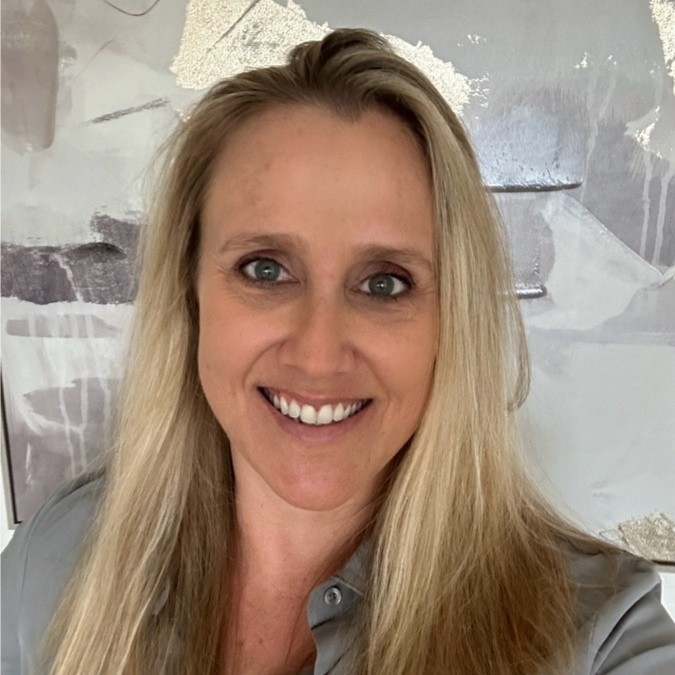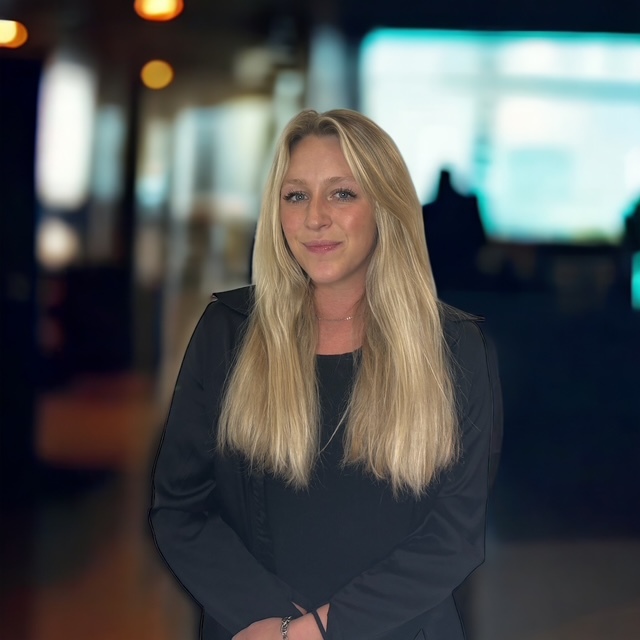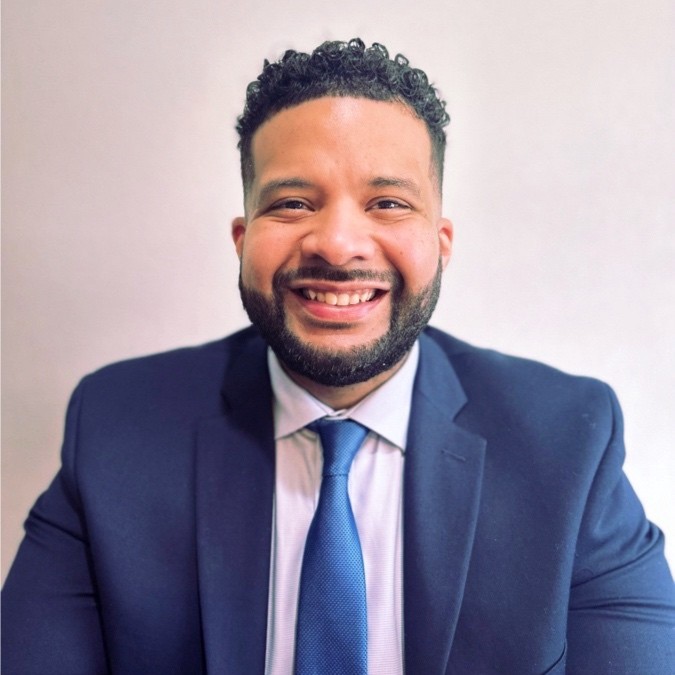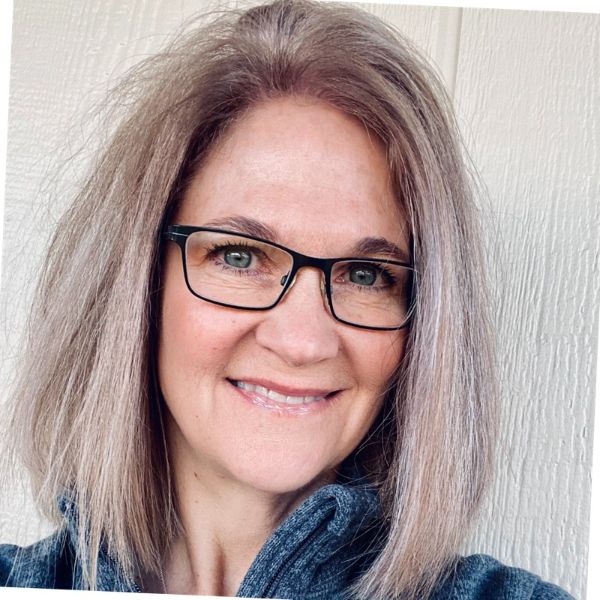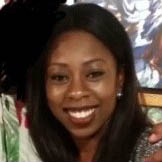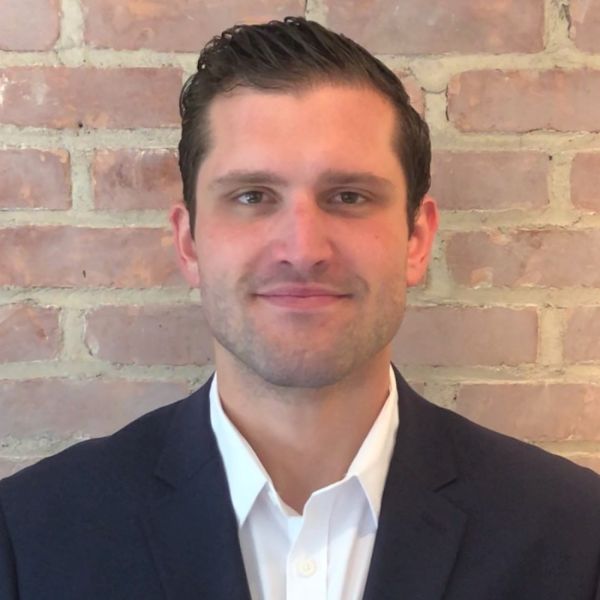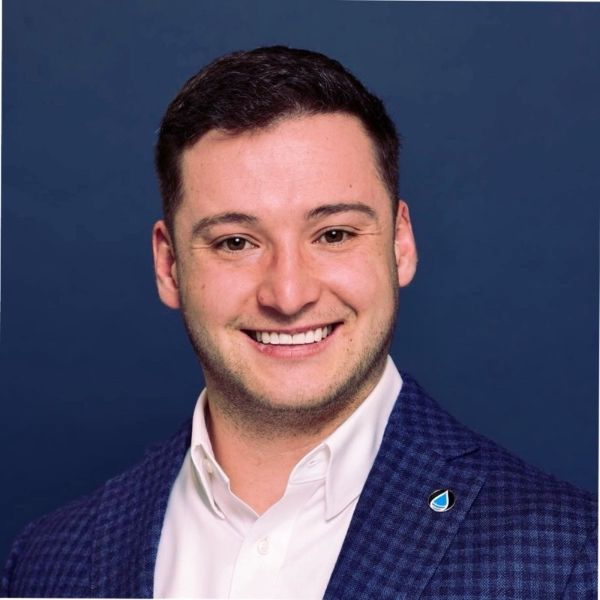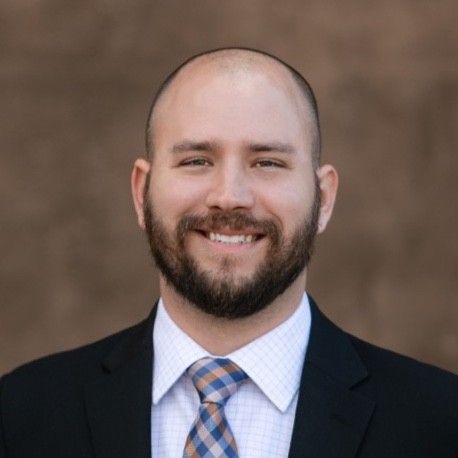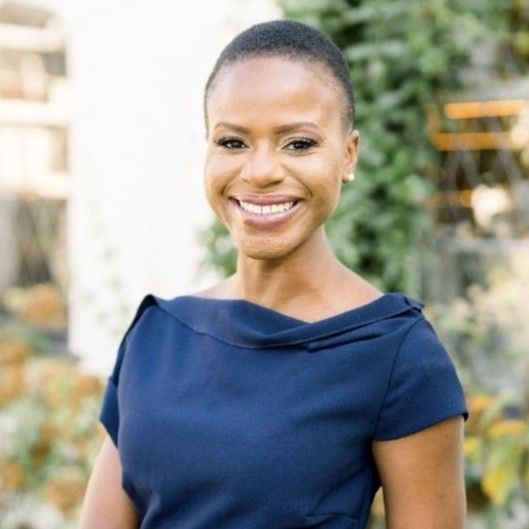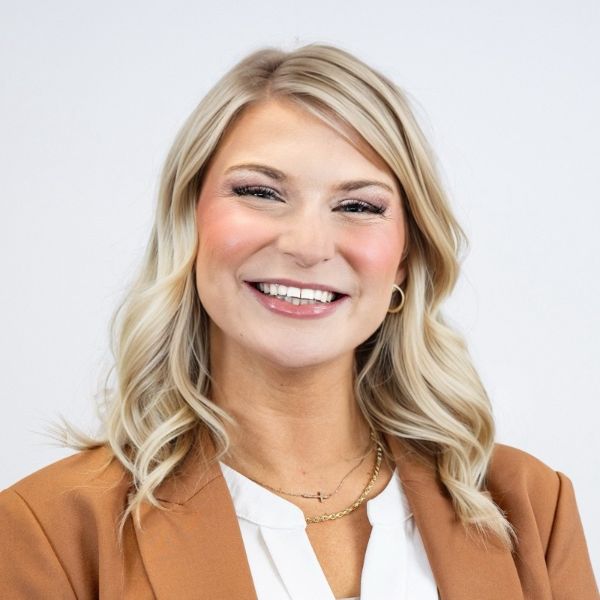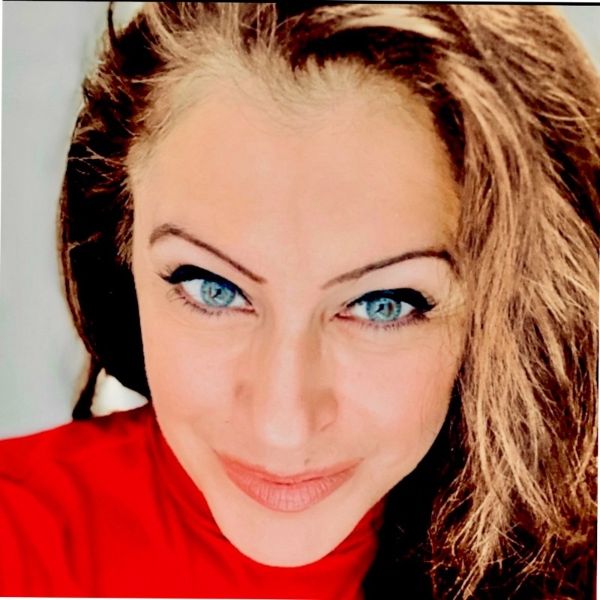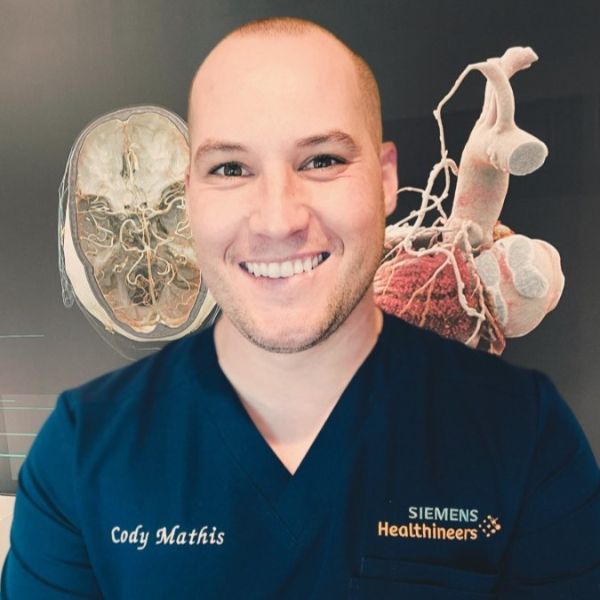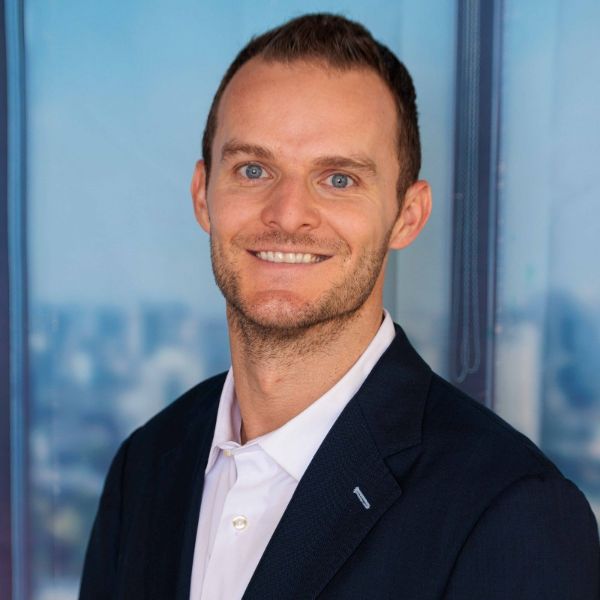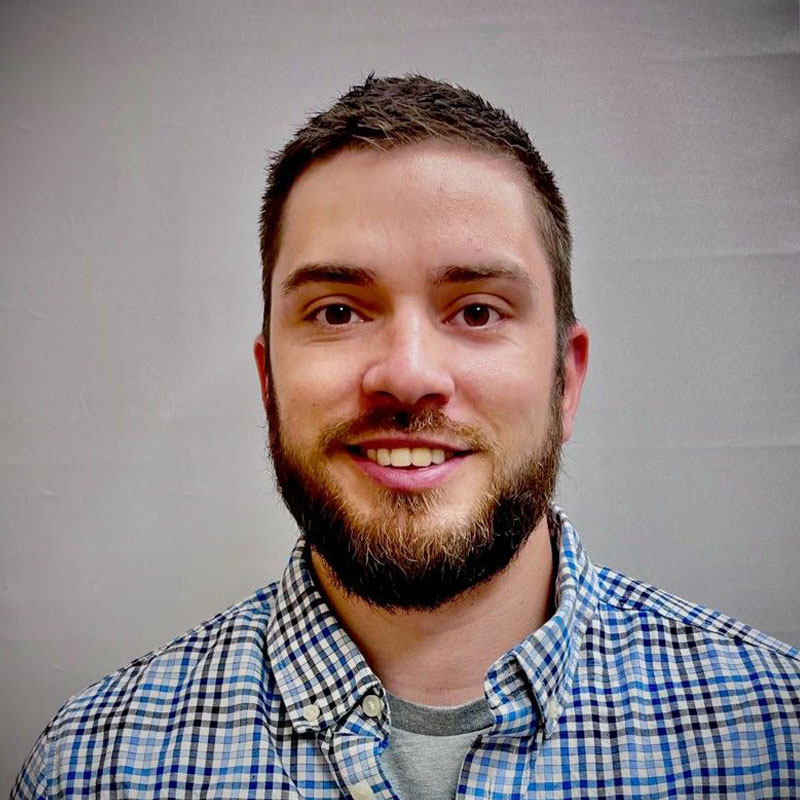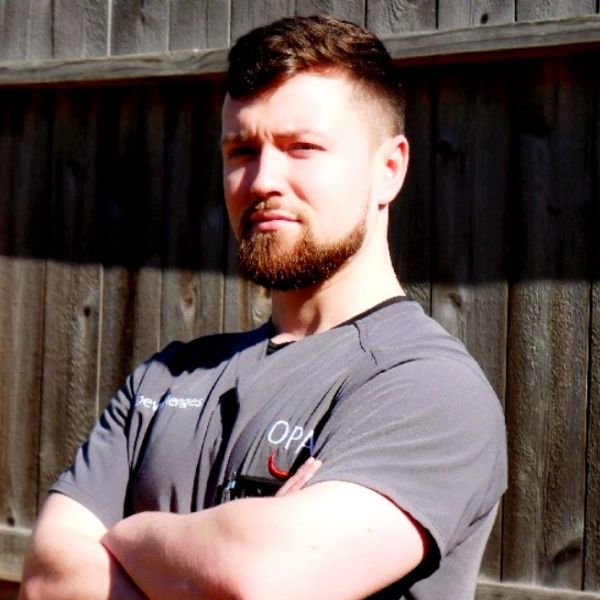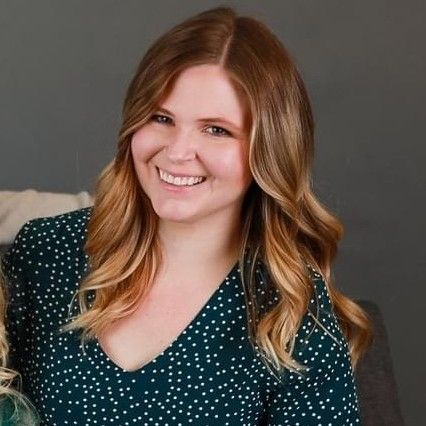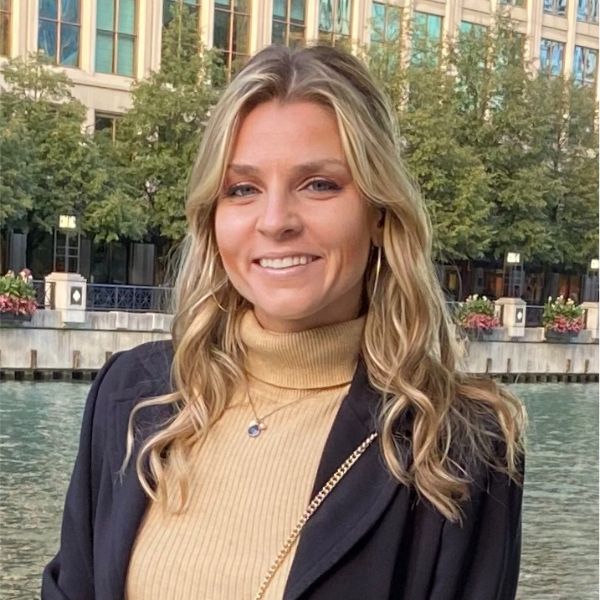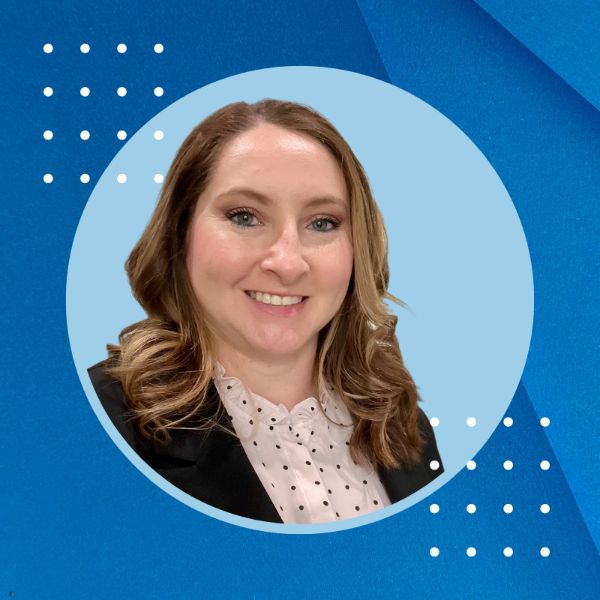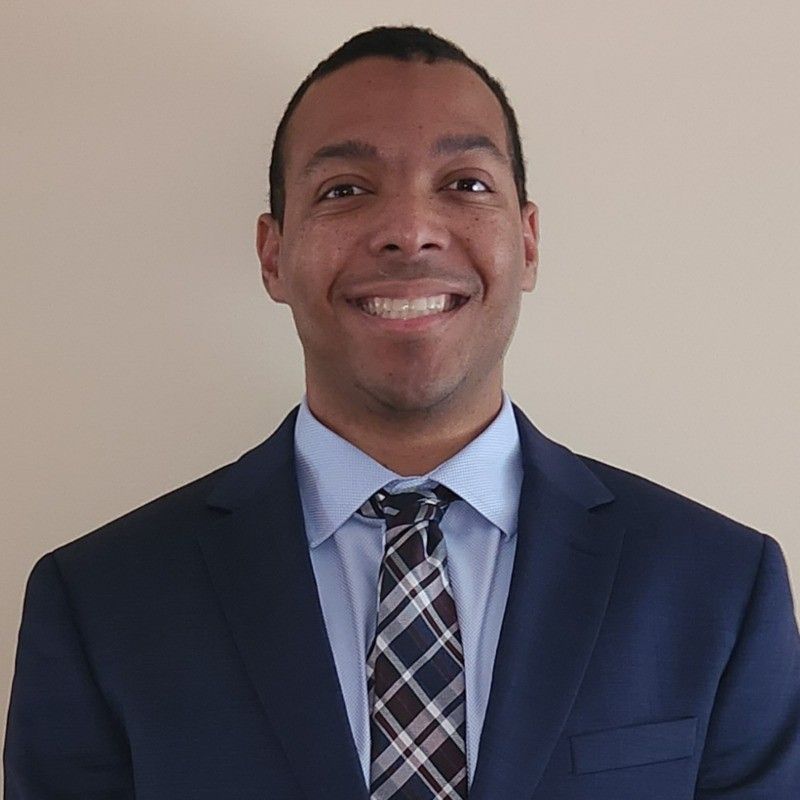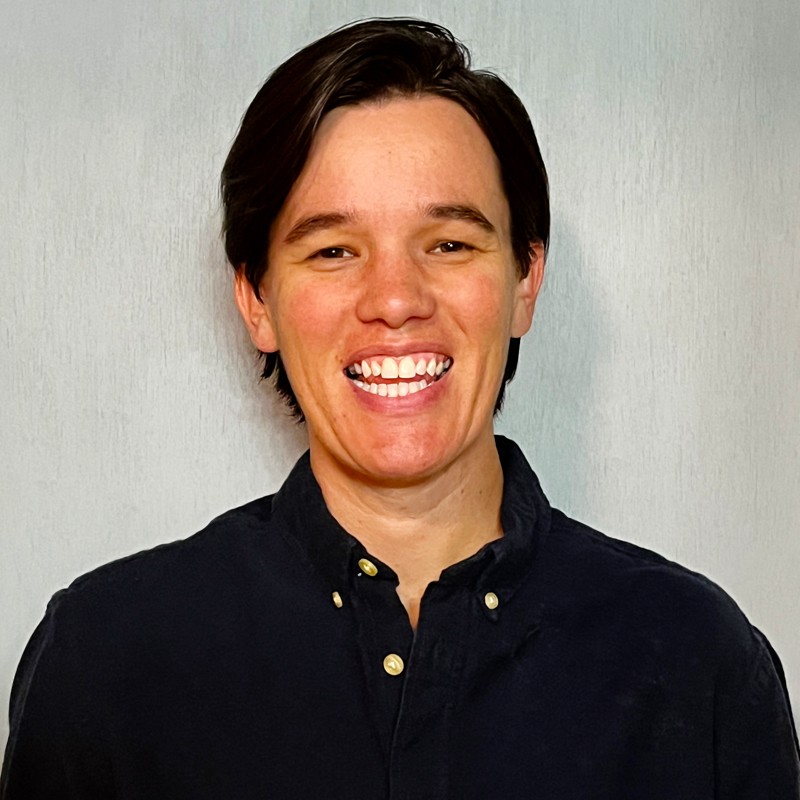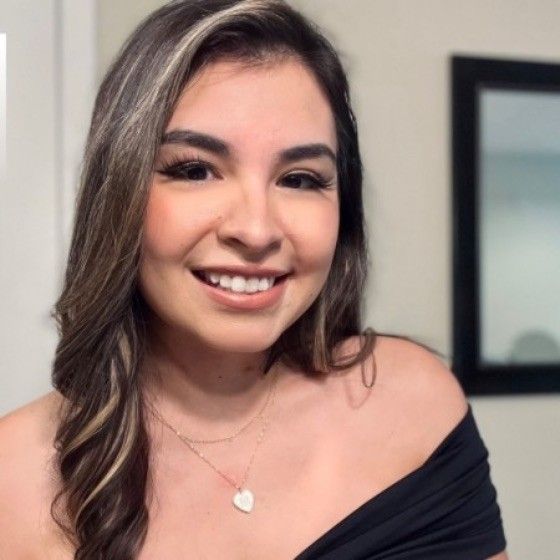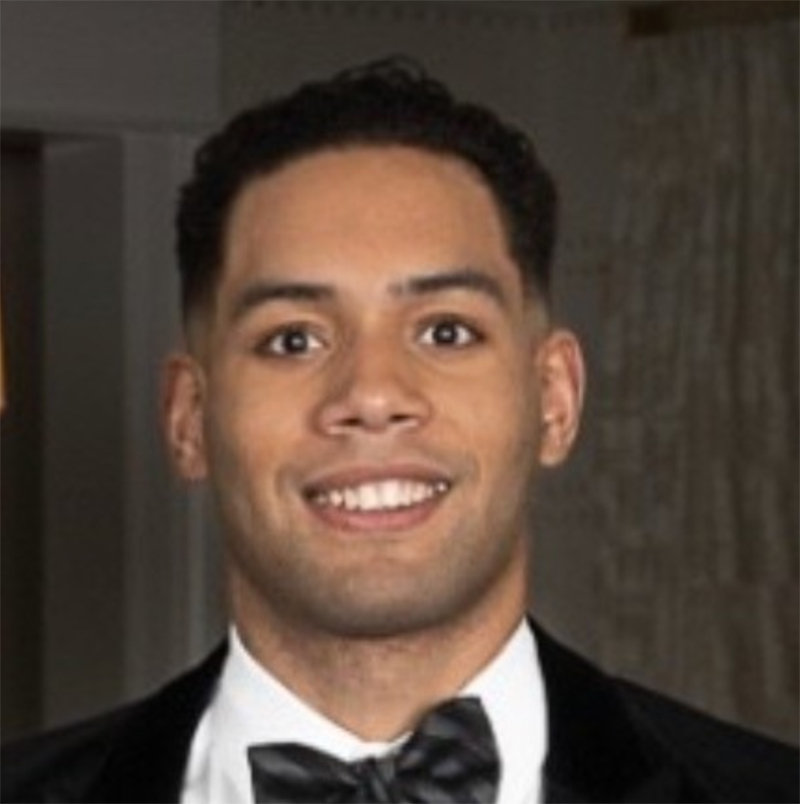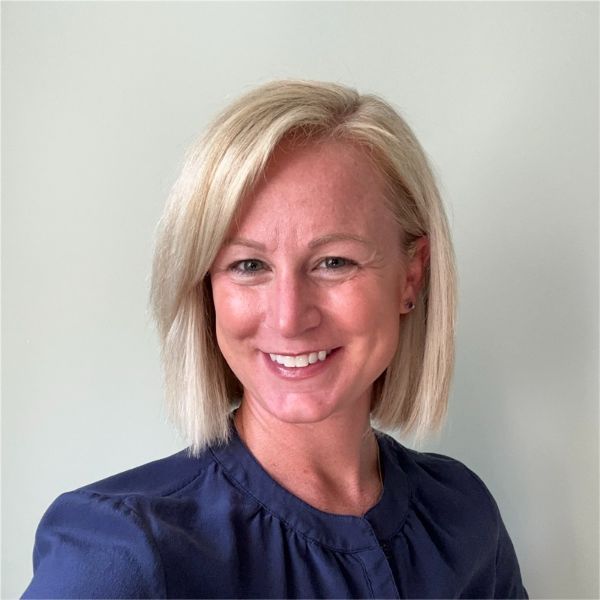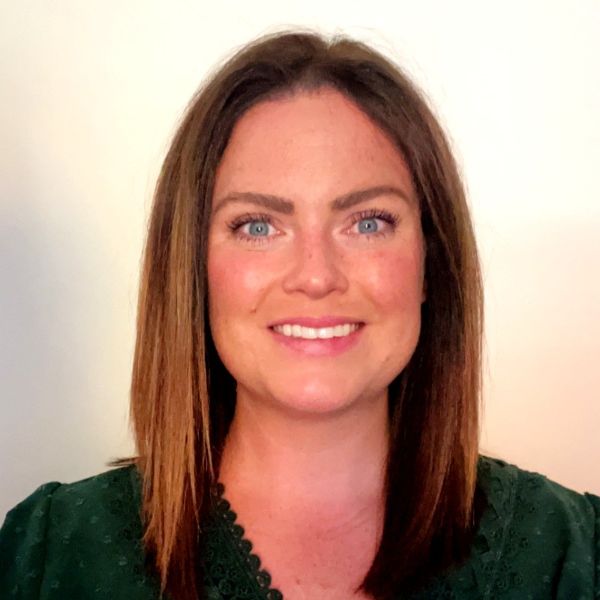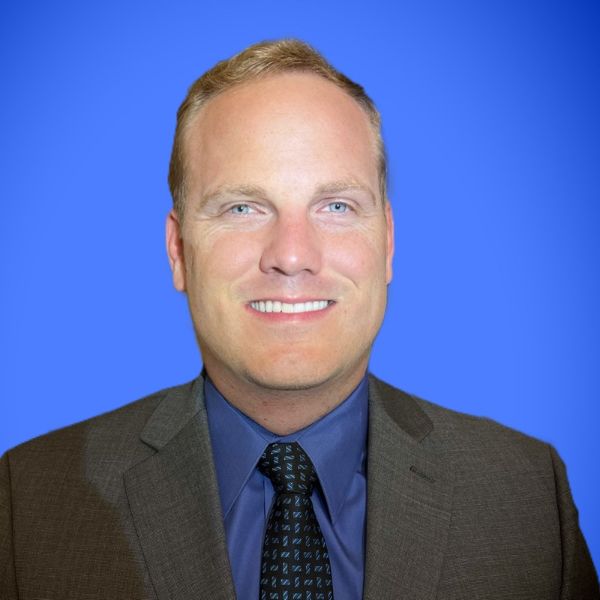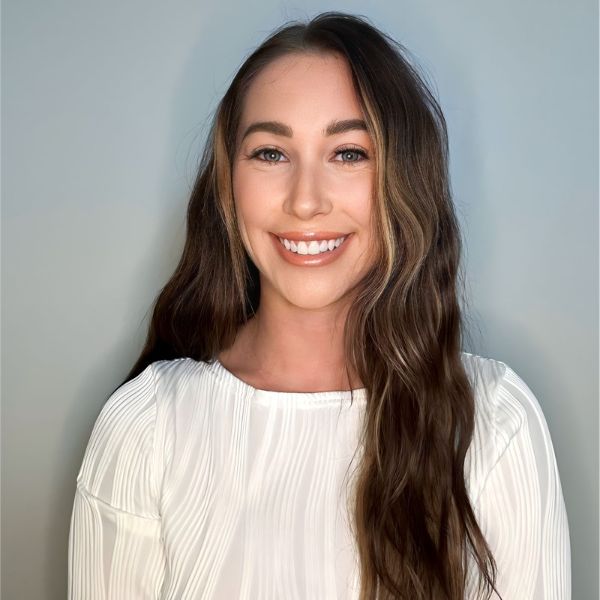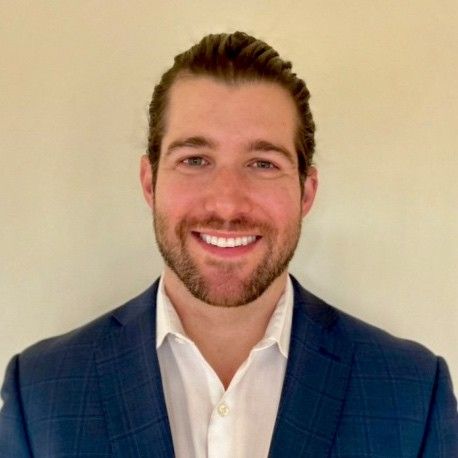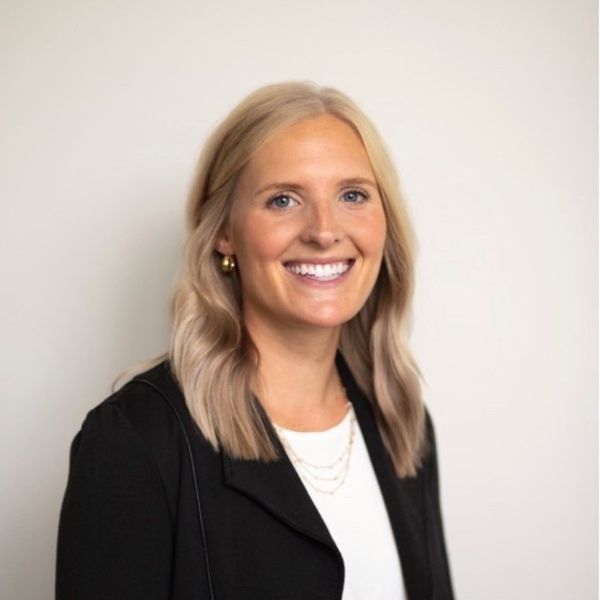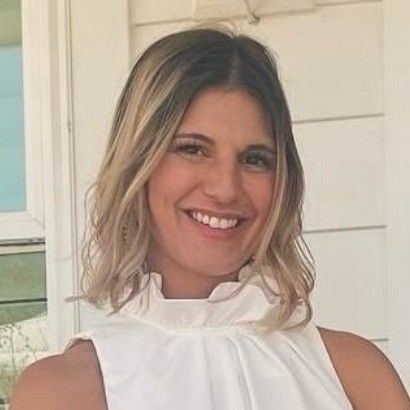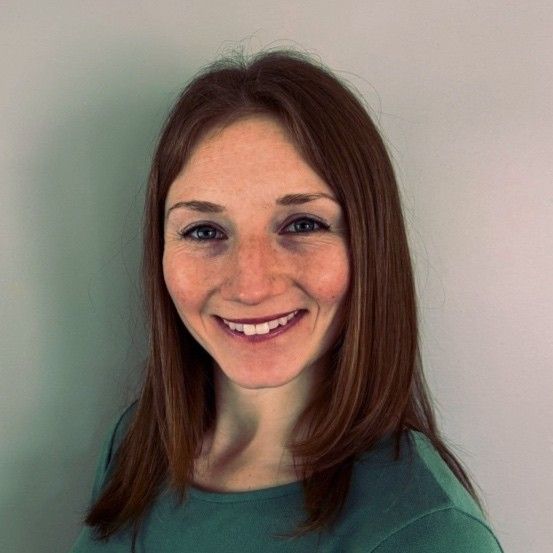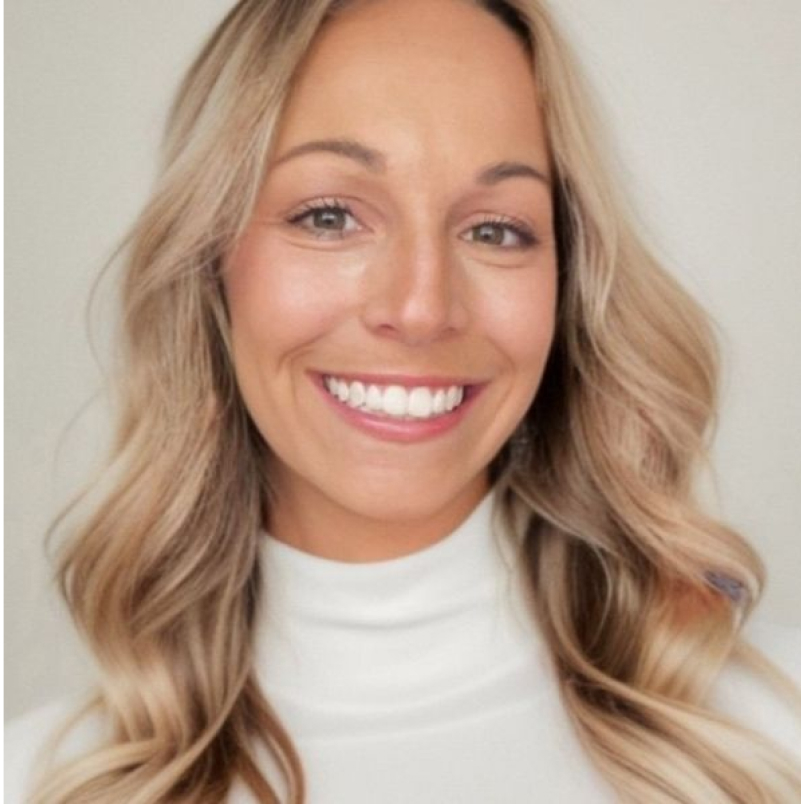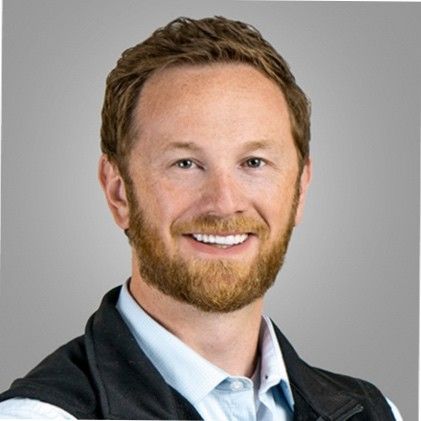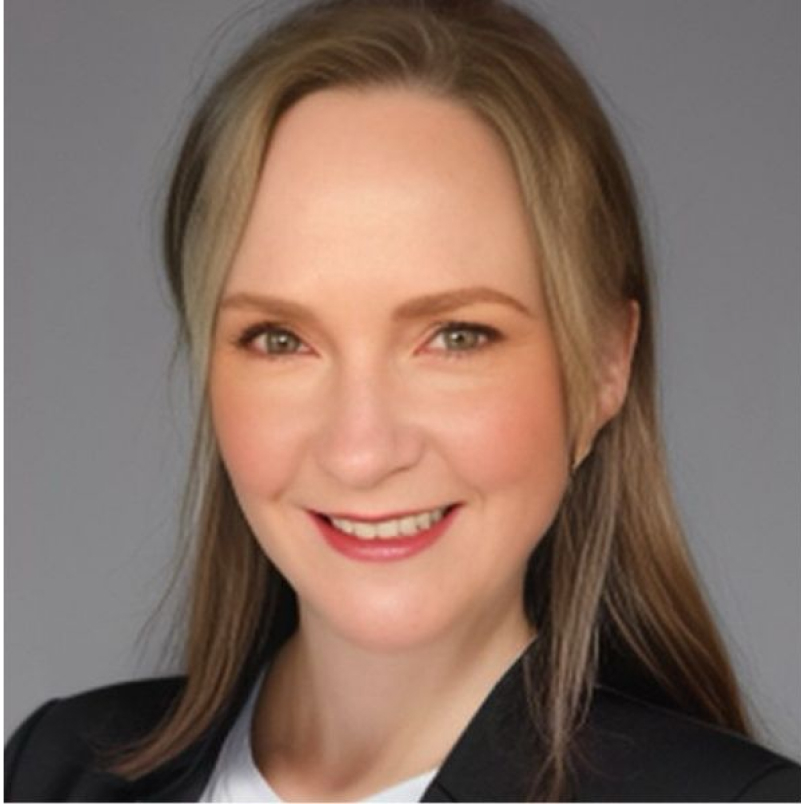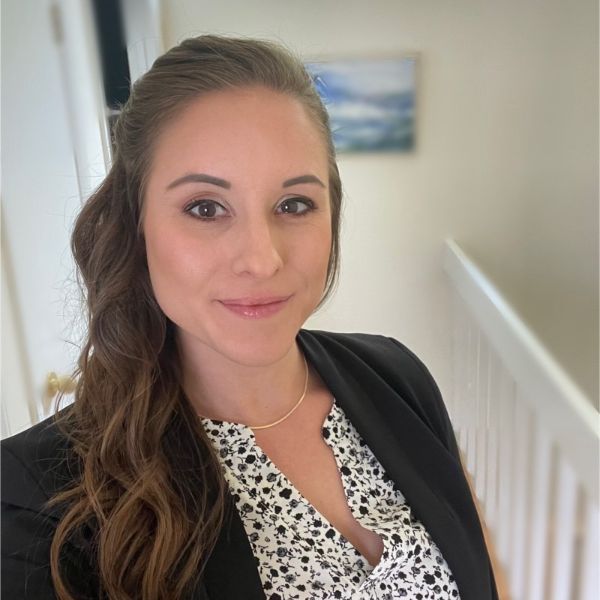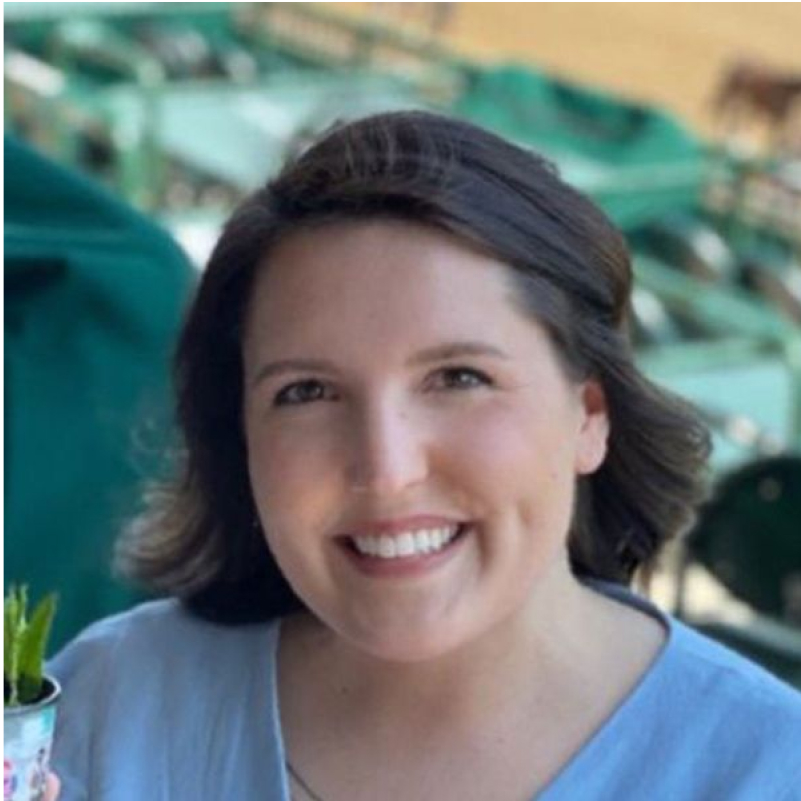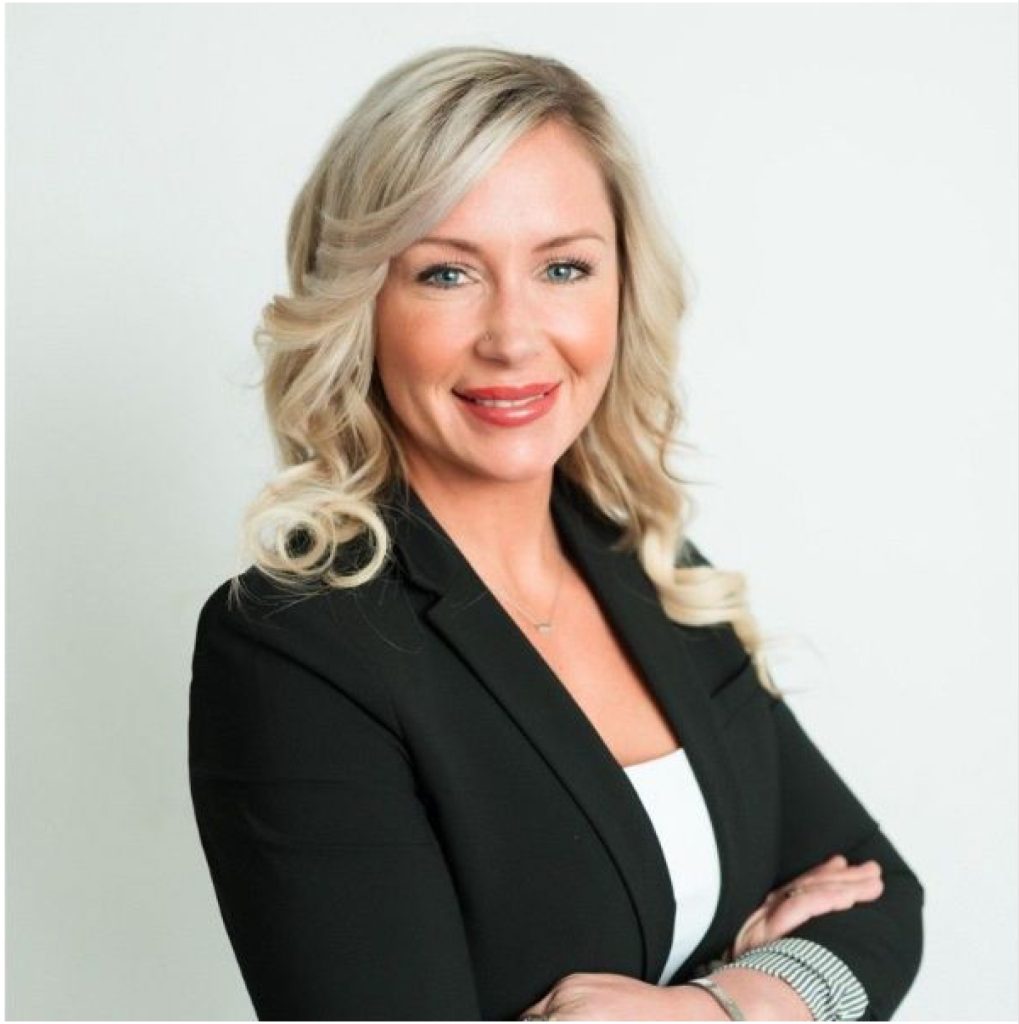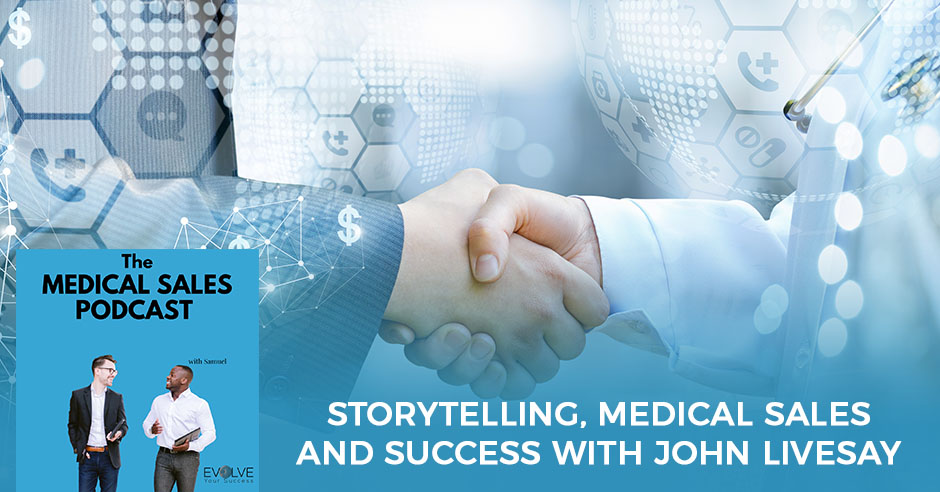
Storytelling is a skill that humans have polished for thousands of years. Now we find out how we can use this to help fuel sales and profitability. Samuel Gbadebo talks to The Pitch Whisperer himself, John Livesay. John discusses soft skills, backing up emotions with logic and closing the sale. Tune in and learn more great sales tips from John Livesay.
—
Watch the episode here:
Listen to the podcast here:
Storytelling, Medical Sales And Success With John Livesay
We have with us, John Livesay. He brings a very unique addition to what value can be brought to medical sales professionals. He is known as The Pitch Whisperer. He is a sales keynote speaker and trainer. He shows companies and sales teams specifically how to turn mundane case studies into compelling case stories so that they can win new business. From John’s award-winning career at Condé Nast, he shares the lessons he learned that turned sales teams into revenue rockstars. He has a TEDx Talk called Be The Lifeguard of Your Own Life and it has over one million views.
This is going to be something that anyone in the industry would want to know, whether you’re trying to get in, you’re currently a sales rep or you’re leading the way. John brings a style of selling that can help anyone perform better in their role. As always, thank you for reading. This is going to be part one of this two-part interview. I hope you enjoy this interview.
—
John, how are you doing?
I’m great. Thanks for having me.
I’m not going to spoil it. Why don’t you tell everybody who you are and what you do?
Do you know how so many medical tech reps struggle not to drown in a sea of sameness, they push out facts and figures, and wonder why they are coming in second place when they pitch against competitors? I’m known as The Pitch Whisperer. I’ve written four books on the topic of selling and storytelling. I won Salesperson of the Year at Condé Nast. Companies bring me in as their keynote speaker or trainer at their meetings to teach their team how to tell stories that make their offers tug at heartstrings, which results in people opening purse strings.
Your focus is on healthcare sales.
It’s healthcare and medical tech.
What’s your background? Tell us a little bit about that.
[bctt tweet=”Soft skills could be listening, empathy, and storytelling. When you combine those three together, it gives you the emotional connection that makes people want to buy from you.” via=”no”]
I majored in Advertising at the University of Illinois in Champaign-Urbana, which is where I hail from. I was fascinated by what motivates people to change their behavior and go with one brand versus another. I moved to San Francisco and got involved in the world of high tech in Silicon Valley, selling multimillion-dollar mainframe computers to big companies like TRW.
I realized that even that big decision was not logic. It was emotion. They would tell me, “Your equipment is faster, more reliable and less expensive but we’re not going to buy it because we have all IBM. If it breaks, then IBM is going to point the finger at another vendor. If it breaks and it’s all IBM, they will take responsibility. I could get fired if I buy your product.” I thought, “There’s so much emotion going on here. It’s not logic.”
That was my first a-ha. I had a career working for an ad agency where we would do commercials for movies coming out on home video back in the day of Blockbuster. I learned about storytelling there and how you can take a two-hour movie depending on what you edit, make it either a comedy or a drama, and get people to want to see it if they hadn’t seen it in the movies.
I had a fifteen-year career at Condé Nast, which is Wired, GQ, Vanity Fair and all these wonderful brands, selling advertising. At one point, I got laid off in 2008. I had to reinvent myself and learn how to sell digital. I got rehired back and won Salesperson of the Year against 400 other reps. For the last few years, I’ve been on my own, getting hired as a speaker to help people in tech and healthcare, in particular, figure out how to take that complex product and turn it into a story that people remember.
First of all, you had quite a background. I love your analogy of once you learn how to take a little bit of a movie when it comes to the editing, and knowing what to change to make it how you want the person that’s viewing it to receive it. That makes so much sense. What steered you in the direction of doing this for healthcare companies?
Originally, I thought I wanted to be a dentist. I’ve always been interested in the healthcare industry. I even had a model tooth when I was a kid, instead of a model airplane. My sister works in healthcare and I said, “There’s so much drama here. People’s lives are at stake. No one’s talking about it.” They’re talking about speeds and feeds, resolution on a monitor or something. There was such a disconnect. Anthem Insurance was the first company that hired me to speak at their event.
There was a bunch of nurses and MBAs. They needed them to sell the data to doctors but they had no sales training nor did they want to think of themselves as salespeople. I said, “Let’s invite them to become storytellers.” They love that idea. I said, “What else is going to happen after I give the talk?” They said, “We’re going to have an improvisation session where people are going to shout out objections to people on stage role-playing the doctors in Anthem.”

I said, “I’ll stay after my talk and whisper in their ear if they get stuck something from my talk.” They said, “That would be amazing.” People said, “How long have you been in healthcare?” I said, “I haven’t but I took the time to learn all your acronyms so that people thought I was.” That opened the floodgates. I have been requested to speak at different events and clients because there’s such a need to help people figure out how we can get out of the nitty-gritty of what’s on the brochure, and tell a story that’s going to make us stand out.
After your sales training, you’re telling me that let’s say a healthcare sales rep is having a lackluster quarter. Things aren’t going well. They’re like, “This next quarter needs to be strong. I have to find something to do to close the gap.” They can take your training and because of the way you train on how to infuse a story into your selling, they will be able to resonate with their customers in a completely different way.
First of all, the awareness that people buy emotionally and then back it up with logic is a big a-ha for most people because they tend to be left-brained. They like the numbers. Once they have that awareness that whoever tells the best story gets the sale, they start to realize, “This is a soft skill I was never taught.” Soft skills could be listening, empathy and storytelling. When you combine those three soft skills together, it gives you the emotional connection that makes people want to buy from you.
Tell us the story of when you first experimented with this method with a healthcare company and got your first results back. What happened?
Honeywell has hired me twice to come to speak at their meetings. Phoenix Controls is one of their divisions that makes the fans in the operating rooms. They were talking about how the fan was made, how fast it spins, particles and all that stuff. I’m wondering why more people weren’t buying it because it’s such a clearly great product. It’s well-made. I started asking them some questions. I said, “What happens if the fan doesn’t work?”
For a good story to have any impact, the stakes have to be high. That’s where the salesperson’s ability to understand a client’s problem comes in. The better you understand somebody’s problem, the better they think you have their solution. Hence, the empathy hat of understanding the problem. They said, “During surgery, that fan has to keep things clean. The patient could get infected. The smoke needs to be sucked up. It’s not just the patient. It’s also the doctors and nurses during surgery after surgery that could get secondhand smoke.”
The minute they told me that, I said, “We have a new story.” This is pre-pandemic. You don’t need to be talking just to the purchasing department who decides what fan to buy. You also need to be talking to the HR department. This is a key issue in keeping the people who work there safe. There’s the emotion of, “We’re not just worried about the patients. We’re now worried about our doctors and nurses not having secondhand smoke despite the mask if the fan is not working properly.” It completely changed the story and who they were telling it to. Their sales went up substantially after that.
[bctt tweet=”You want to tell the right story to the right person at the right time. The secret is they see themselves in that story.” via=”no”]
You wrote this book called The Sale Is In The Tale. It captures this method that you created that healthcare companies can use. I’m not going to say anything. I want you to tell us about this book. What is it about? Who’s in it? Why should we read it?
It’s a story about storytelling. I tell people, “When you tell a story, you’re showing someone something as opposed to telling them.” This takes you on the journey of a 30-something-year-old medical tech sales rep based in Austin, Texas. He has had some success right out of school and getting promoted but all of a sudden, he’s hitting a slump. Luckily for him, he finds a mentor, one of his tech engineers who see other sales reps telling stories, and starts to introduce the concept of why he should tell a story. He realizes it’s not just a story about the product. It’s also a story about himself and the company.
There are five storytelling secrets in the back of the book or the methodology that’s shown in the story so people have templates that they can start to use saying, “I need to have a better elevator pitch and turn that into an elevator story. I need a story of origin for people to remember me. I need a story about my company of why I love working here and what it stands for.” The magic is turning a boring case study or testimonials into a compelling case story. Finally, the impact of that is you can have all the stories from all your coworkers live in one place and share the stories.
If you think of your brain as a playlist that plays songs, you don’t want to have just one story that you’re telling all the time. When you have a repository map or Google Docs where all the stories live, then you can access other people’s stories because you want to tell the right story to the right person at the right time. The secret is they see themselves in that story. Your closing techniques completely change. You no longer have to push people to buy. You simply say after telling a great story, “Does that sound like the kind of journey you would like to go on?” Do you want to hear an example?
Yes. You’ve piqued my interest. I got to hear what this looks like.
I said to one of the tech companies I was helping and working with, “What are you saying now to doctors to get them to buy this equipment?” “It makes the surgeries go 30% faster. Don’t you want one?” They couldn’t understand why they weren’t winning pitches against the competition. They said, “It’s so logical. I don’t understand.” I said, “There’s no story.” I asked some questions and now, instead of saying 30% faster, here’s what they say.
“Imagine how happy Dr. Higgins was six months ago down at Long Beach Memorial using our equipment when he could go out to the patient’s family in the waiting room an hour earlier than expected. If you’ve ever waited for someone you love to come out of surgery, you know every minute feels like an hour. The doctor put them out of their waiting misery and said, ‘Good news, the scope shows that they don’t have cancer. They’re going to be fine.’”
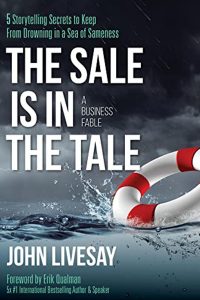
He then turned to the rep and said, “That’s why I became a doctor for moments like this.” That rep tells that story to another doctor at another hospital. They see themselves in the story and say, “That’s why I became a doctor. I want your equipment too.” After the client heard that story, they said, “That gives us chills. Not only are we not telling a story. It never occurred to us to make a patient’s family a character in the story.”
That’s what I help do, “How do we figure out who has the highest stakes here?” It’s not just the doctor or the patient. It’s also the patient’s families that are impacted by that surgery going on. You see how I pulled you into the story by saying, “If you’ve ever waited for someone you love to come out.” Even if you haven’t, you can imagine it or you probably know somebody who could. The case stories are short but they are powerful.
Let’s say I’m a representative and I heard this episode. I said, “I want to know what this is about. I could benefit from this.” Do you have training for individuals or is everything you do company-based?
I have an online course called Revenue Rockstar Mastery that takes people through all the different steps of how to tell a story, as well as little quizzes to make sure you’re learning it. More importantly, you get to be in a group coaching session with me for four weeks. We practice your stories and get my attention. I can fine-tune and tweak your stories with you in the group. I keep the groups to twenty people at a time so everybody gets attention.
That was going to be my next question. The training for this, how long does it typically take?
I purposely made it quick because as salespeople, we’re all busy. Each module is only ten minutes. It’s ten minutes for ten days and you’re done or binge-watch it like Netflix. It’s up to you. Most of my students watch it multiple times because they want to re-listen to something or practice something. They bring in their questions and stories and I help them. They take it out in the real world, test drive it and say, “I’m selling more with saying less. I’m not feeling pushy. This is amazing.”
Have you been able to see students that you’ve coached at some point later on, and seen a complete transformation in how they do things or even how they talk about what they’re experiencing?
[bctt tweet=”For a good story to have any impact, the stakes have to be high. That’s where the salesperson’s ability to understand a client’s problem comes in.” via=”no”]
Yes. There’s nothing more rewarding than having that impact, not just on a few people but on a whole company’s culture, “Storytelling is now part of our culture. We open our meetings by telling our stories of a win that week.”
When I think about this, this is not something just for the sales team. This is for every single individual in the organization, whether it’s within the company team meeting or someone from the executive team talking to a potential business partner or a potential client. They can be infusing these stories and create a real picture of what value they are giving to whoever their client base is.
I’ve seen one client take all of these case stories and put them on a repository map. It’s now an onboarding tool for new reps to get to know their colleagues. They’re not only learning their success case stories but also their own story of origin. They find out something personal about them that makes them feel they could bond with them.
You’re saying that there’s a map where new hires can learn about their counterparts through storytelling.
You click on a city and up pops that person’s case story as well as their own story of origin. You go, “My mom was a nurse. Your mom was a nurse.” You then start the conversation.
This is great stuff. Where can people get this book?
It’s on Amazon. You buy it from my website, JohnLivesay.com. It’s The Sale Is In The Tale. It’s spelled as Tale on purpose because it’s a fable or a fairy tale.

Where can people find you and get ahold of you?
My website is the easiest, JohnLivesay.com. If you can’t remember the title of my book or my name, just google The Pitch Whisperer and all my content comes up.
Anyone can contact you to talk to you about coming to speak at their national sales meeting or do some training. Anyone can contact you regarding that and the individual training as well. John, this was fantastic to hear. I love learning this. I know the audience did too. Is there anything else you want to share before we wrap up?
If you text the word PITCH to 66866, you will get a free gift from me on how to improve your stories.
You better go and do it. John, it was great having you. Thanks again.
Thanks, Samuel.
—
That was John Livesay, The Pitch Whisperer. It’s fascinating how key telling stories is to customers to help them see how your product or service brings value to the patients or whoever they’re working with. It’s a critical piece in any type of sales profession, especially in medical sales because patients’ lives and quality of life are on the line. It’s imperative that your solution is seen in its best light so that your customers can utilize them accordingly. You might be reading this and thinking to yourself, “This is an industry I want to be in. I do not know how to get there.” Maybe you’ve been trying to get there and it’s not happening. Make sure you visit EvolveYourSuccess.com and follow the prompts that you see.
If you’re someone in the industry and you’re thinking that you want to make 2022 your best year, show up as a better resource to your customers, truly provide value, and make sure that any patients you have anything to do with are getting the most out of their quality of life, visit EvolveYourSuccess.com and follow the prompts. As always, we do our best to bring you guests that bring different perspectives within medical sales, innovation, and even different strategies on how to be a performer and someone that brings true value to everyone in the medical sales space. You can visit his site. Make sure you get his book because he has an amazing way of helping you communicate better. As always, tune in for another episode.
Important Links:
- JohnLivesay.com
- Be The Lifeguard of Your Own Life – TEDx Talk
- Anthem Insurance
- Honeywell
- The Sale Is in the Tale
- Revenue Rockstar Mastery
- Amazon – The Sale Is In The Tale
- EvolveYourSuccess.com
About John Livesay
 John Livesay, aka The Pitch Whisperer, is a sales keynote speaker where he shows companies’ sales teams how to turn mundane case studies into compelling case stories so they win more new business. From John’s award winning career at Conde Nast, he shares the lessons he learned that turns sales teams into revenue rock stars. His TEDx talk: Be The Lifeguard of your own life has over 1,000,000 views.
John Livesay, aka The Pitch Whisperer, is a sales keynote speaker where he shows companies’ sales teams how to turn mundane case studies into compelling case stories so they win more new business. From John’s award winning career at Conde Nast, he shares the lessons he learned that turns sales teams into revenue rock stars. His TEDx talk: Be The Lifeguard of your own life has over 1,000,000 views.
After clients hire John they stop coming in second place when they pitch against competitors Without being pushy
